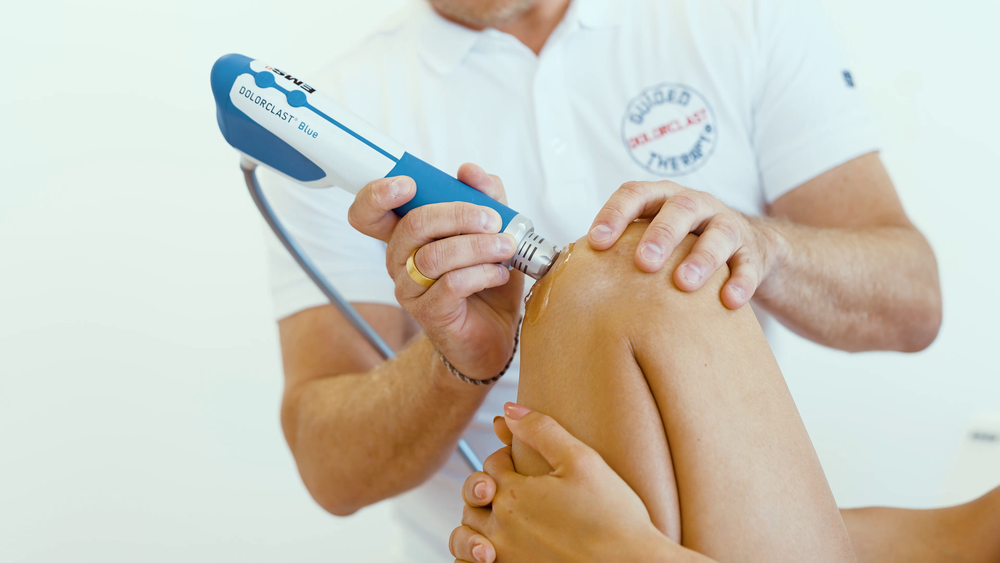Introduction:
In the realm of fitness and physical activity, injuries can be both an unwelcome setback and a compelling opportunity for growth. Understanding the intricate physiological processes involved in injury rehabilitation is crucial for crafting effective exercise-based recovery plans. In this blog, our Sports Rehabilitator Alex Ryan delves into the physiology of recovery, exploring how exercise influences the healing process and contributes to the restoration of optimal function.
The Initial Onslaught:
Inflammation and Repair When an injury occurs, the body initiates a complex cascade of events, starting with inflammation. This
physiological response is a double-edged sword. On one hand, it aims to clear damaged tissues and pathogens; on the other, it can
contribute to pain and swelling. Exercise, carefully introduced during the initial stages of rehabilitation, plays a pivotal role in
modulating inflammation. Controlled movements stimulate blood flow, promoting the delivery of nutrients and oxygen to the injured site,
and facilitating the removal of cellular debris.
Building Resilience:
The Role of Progressive Loading As rehabilitation progresses, the focus shifts to rebuilding strength and function through
progressive loading. Muscles, tendons, and ligaments respond to the demands placed upon them, adapting and strengthening in the process.
Exercise interventions are strategically designed to apply controlled stress to the healing tissues. This controlled stress encourages the
formation of collagen fibers, enhancing the structural integrity of the injured area.
Neuromuscular Reeducation:
Restoring Coordination and Function Injuries often disrupt the intricate dance between the nervous system and muscles, leading to
altered movement patterns and coordination issues. Exercise-based rehabilitation incorporates neuromuscular reeducation, a process that
aims to restore proper communication between the brain and muscles. This involves targeted exercises to improve proprioception, balance,
and motor control, fostering a seamless integration of the injured area back into functional movement.
Mitigating Pain:
Exercise as a Natural Analgesic Chronic pain is a common companion to injury, and its management is a crucial aspect of
rehabilitation. Exercise has been shown to have natural analgesic effects, triggering the release of endorphins, the body's feel-good
chemicals. Moreover, regular physical activity helps modulate pain perception by enhancing the function of the body's pain-regulating
systems. Through carefully prescribed exercises, individuals can actively participate in their pain management while progressing towards
recovery.
The Psychological Dimension:
Exercise and Mental Resilience Injuries can take a toll not only on the body but also on mental well-being. Exercise, with its proven
positive impact on mood and cognitive function, becomes a powerful ally in addressing the psychological aspects of rehabilitation.
Engaging in purposeful physical activity can alleviate stress, boost confidence, and enhance overall mental resilience, fostering a
positive mindset crucial for navigating the challenges of recovery.
Conclusion:
As we unravel the physiology of recovery, it becomes evident that exercise is not just a tool for rebuilding muscle; it is a dynamic force
that influences every facet of the healing process. From modulating inflammation and promoting tissue repair to restoring neuromuscular
coordination and alleviating pain, exercise stands as a cornerstone in the journey of injury rehabilitation. By embracing the power of
targeted, well-structured exercise interventions, individuals can not only recover from injuries but also emerge stronger, more resilient,
and better attuned to the intricacies of their own physiology.

Blog
Balance is a crucial component of overall health and wellness as it plays a vital role in various aspects of daily life, physical activities, and overall well-being.

Blog
Nikos takes a look at how Extracorporeal Shockwave Therapy (ESWT) stands out as a revolutionary treatment and has transformed how Physiotherapists approach various musculoskeletal conditions.

Are you ready to have a chat with our team to discover how we can help you achieve a better quality of health, fitness and well-being?
Book an appointment with our team and start the journey to creating the perfect treatment plan for your issue, your lifestyle and your
goals.